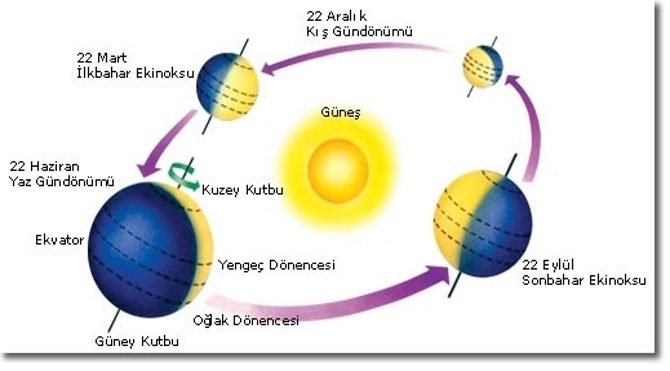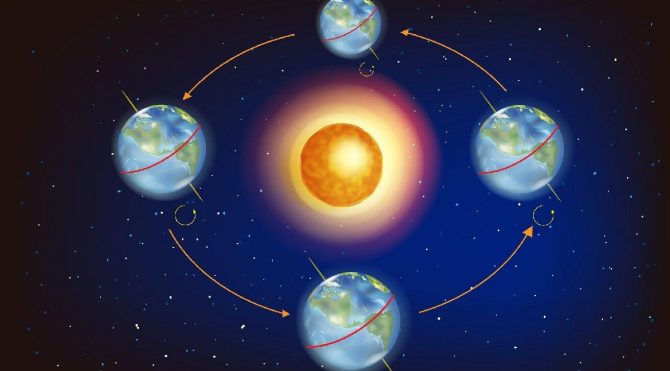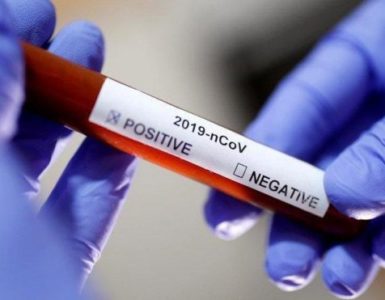In brief, the equinox event, known as the day and night being equal, takes place twice a year. In the spring equinox of March 21, the nights in the Southern Hemisphere are longer than the day and the opposite is in the Northern Hemisphere. You can follow the detailed information about the equinox, also known as day-to-day equation, on our page.
WHAT IS EKİNOKS?
Equinox (also known as day-to-day equation, day-to-day equation or moderation) is the moment when the circle of enlightenment passes through the poles as a result of the sun rays hitting the Equator perpendicularly to Ecuador. It is the situation where day and night are equal. It is repeated twice a year as the Spring Equinox and the Autumn Equinox.
March 21 status: Northern and Southern Hemispheres, Sun rays fall to Equator at noon at 90 °. Shade length is zero in Ecuador. Sun rays start to fall perpendicular to the Northern Hemisphere from this date. From this date, the nights in the Southern Hemisphere begin to be longer than the day. In the Northern Hemisphere, the opposite happens. This date is the beginning of Autumn in the Southern Hemisphere and Spring in the Northern Hemisphere. Enlightenment circle is tangent to the pole. At this date, the Sun is seen at both polar points. Day and night times are equal in the world. This date is the beginning of a six-month night at the South Pole Point and a six-month day at the North Pole Point.

September 23 situation: Northern and Southern Hemispheres, Sun rays fall to Ecuador at an angle of 90 °. Shade length is zero in Ecuador. The sun’s rays begin to fall perpendicular to the Southern Hemisphere as of this date. From this date, the days in the Southern Hemisphere begin to be longer than nights. In the Northern Hemisphere, the opposite happens. This date is the beginning of Spring in the Southern Hemisphere and Autumn in the Northern Hemisphere. Enlightenment circle is tangent to the pole. At this date, the Sun is seen at both polar points. Day and night become equal on Earth. This date is the beginning of a six-month night at the North Pole Point, and a six-month day at the South Pole Point.
December 21: Summer in the Southern Hemisphere is the beginning of the winter season in the Northern Hemisphere.
21 March (Equinox): It is equal in day and night, and the southern hemisphere enters the autumn as spring begins in our northern hemisphere.
June 21 (Summer Solstice): It is the longest day of the year and the shortest night. Another name is Summer Solstice. Summer begins in the northern hemisphere and winter begins in the southern hemisphere.
September 23 (Equinox): It becomes equal day and night. Summer ends in the northern hemisphere and autumn begins. In the southern hemisphere, there is a transition to spring.




